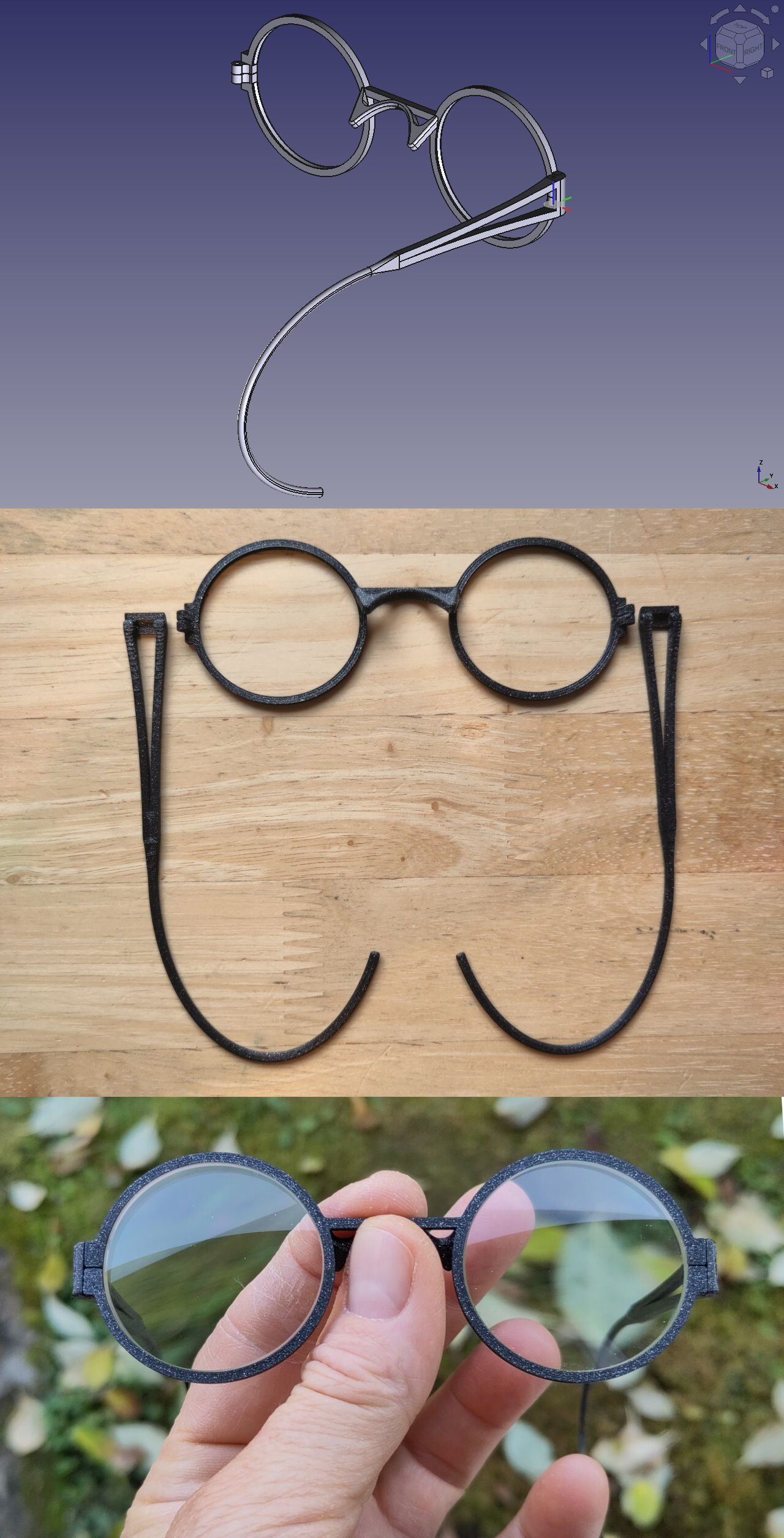So I've been exploring the fabulous word of additive manufacturing for a few months now with my company's 3D printer - a Prusa Mk4 - that we employees are welcome to use for our own personal use when it's not busy printing tooling for work of course.
I've gotten really good at squeezing the most performance out of that thing: some of the functional parts I made with it at scales that are pushing the boundaries of what regular PLA out of a 0.4-mm nozzle can be coaxed into becoming, I'm properly proud of.
And I'm having a lot of fun finding ways to overcome the limitations of FDM. I don't really want a more precise printer: half the fun is witnessing a part that shouldn't exist come out of a printer that doesn't really have any right to be this good. Pushing the envelope... It's the spirit of hacking in the world of 3D printing and I love it!
But now I'm wanting a printer of my own. The company's printer is fine and all but when it's doing work-related things, I can't use it. And I have to wait to go back to work the next day to print something I modeled the evening before.
So I'm on the market for a good fast FDM printer that can print prints with different filaments at the same time, because I'd like to experiment with stretchy materials but keep using rigid and cheap materials for the supports, and also to play with colors. And I think I want a core XY printer because I've run into problems with big heavy prints with the company's bed slinger.
And finally, something that's really important for me: I want something as open source as possible that doesn't phone home, and ideally not made in China.
Money is not tight. The kids are out of the house and I have a well-paid job. I set my budget to 5k - dollars or euros.
So with those requirements in mind, from what I read, the best option for me is to stick with Prusa: it's more expensive for what it does but it's not sketchy Chinese spyware. Also, I know the brand already and I've been nothing but happy with it so far.
And in the Prusa line, I'm tempted by the XL with an the bells and whistles - namely 5 heads and an enclosure.
But here's the thing: I hear this machine has problems. Is it true? Would you have a better suggestion? Possibly another brand that I should consider?


I usually use 0.4 because it lets me print connectors that holds pogo pins with a 0.05" pitch. But it's slow for big things.
I don't usually print big things with tiny features, so I could have one extruder with a smaller nozzle and one with a larger one and use one or the other. But if I could use both at the same time, it would speed up printing of even my small connectors - because obviously not the entire connector requires fine features.